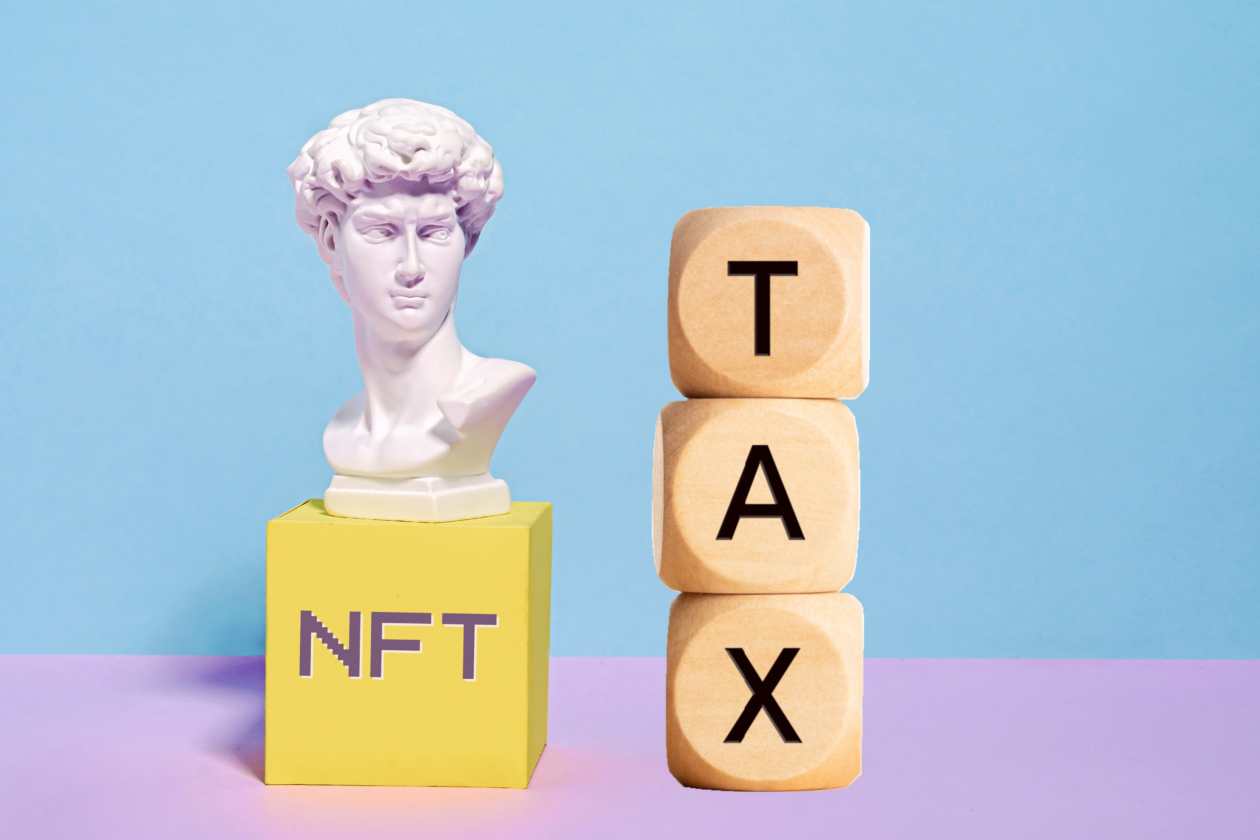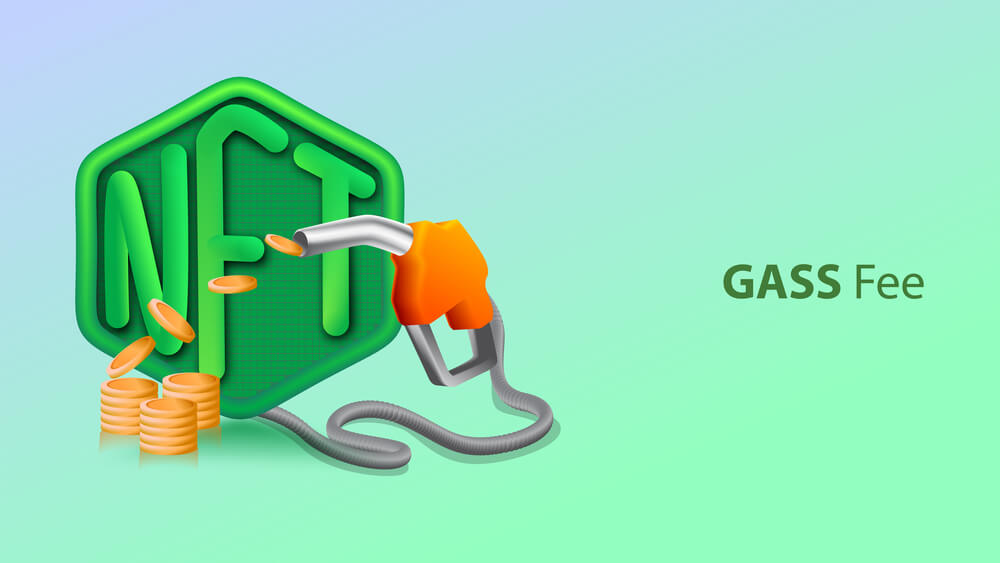With the growing interest in non-fungible tokens (NFTs), it becomes important for investors to understand all the tax implications linked to these digital assets. One method that can help crypto investors to minimize their tax liabilities is NFT tax-loss harvesting.
Here, we will dive into the concept of tax-loss harvesting, its application in the NFTs world, and how you can utilize the strategy to boost your profits while remaining tax-efficient.
What Is Tax-Loss Harvesting?
Tax-loss harvesting is a method utilized by investors to counterbalance capital gains by selling assets that have recorded a loss. By doing that, investors can minimize their taxable income, possibly reducing their overall tax liability. The technique is mainly useful in the volatile markets, where the asset prices can fluctuate considerably.
All losses incurred from selling the depreciated assets can be used to offset the gains from selling the appreciating assets, which results in a lower tax bill.
How Does Tax-Loss Harvesting Operate?
To grasp the mechanics of tax-loss harvesting, let’s examine a scenario. Imagine acquiring an NFT for $10,000, only to see its value decline to $5,000. By selling the NFT at a loss, you can leverage the $5,000 loss to counterbalance any capital gains from other investments. This action lowers your taxable income by $5,000, offering the possibility of substantial tax savings.
Nevertheless, it is crucial to note that tax-loss harvesting is determined by certain rules and limitations. For instance, the losses can just be used to offset capital gains, not the normal income. Moreover, there are particular timeframes within which losses have to be realized to qualify for tax benefits. Understanding the rules is important to guarantee that you fully use the benefits of tax-loss harvesting.

NFT Tax-Loss Harvesting: A Game Changer For Investors
NFTs And Capital Gains
As NFTs gain popularity, investors are mainly seeking ways to boost their profits and reduce their tax liabilities. NFT tax-loss harvesting offers a distinct opportunity for investors to strategically manage their NFT investments and reduce their tax burden. By keenly choosing which NFTs to sell at a loss, investors can offset the capital gains they have made from other non-fungible token sales, resulting in a reduced tax liability.
Applying Tax-Loss Harvesting To NFTs
To efficiently apply tax-loss harvesting to NFTs, investors need to consider these steps:
- Identify NFTs with losses – start by reviewing your NFT portfolio and identify assets that have declined in value since they were purchased. Those NFTs can be sold at a loss to offset the capital gains.
- Evaluate holding period – consider the holding period of each NFT. In case an NFT has been held for less than a year, it will be subject to near-term capital gains tax rates. On the flip side, NFTs held for over a year are subjected to long-term capital gains tax rates. That information will enable you to determine the best and most tax-efficient strategy for selling your NFTs.
- Consider market cycles – NFT markets can be excessively volatile, experiencing some periods of rapid appreciation and considerable depreciation. By keenly monitoring market cycles, you can discover the best time to sell your depreciated NFTs and enhance your tax-loss harvesting strategy.
- Use tax-loss carryforwards – if your capital losses surpass your capital gains in a given tax year, you can carry forward the unused losses to offset any future capital gains. That can be specifically beneficial if you expect considerable gains from future NFT investments.

Potential Benefits And Limitations
Tax-loss harvesting for NFTs offers multiple potential benefits to investors.
First, it assists in reducing taxable income, which results in immediate tax savings. By selling NFTs strategically at a loss, investors can offset capital gains and possibly lower their general tax liability, freeing up some funds for reinvestment or other financial endeavors.
Secondly, tax-loss harvesting enables investors to rebalance their NFT portfolios and boost their investment strategies. Through the sale of underperforming NFTs, investors can reallocate their capital to highly promising assets, possibly increasing future returns.
Nevertheless, it is crucial to be aware of the limitations and risks linked to tax-loss harvesting. The Internal Revenue Service (IRS) has particular rules and regulations about the recognition and use of capital losses. Failure to comply with these rules can cause penalties and unnecessary tax liabilities.
Thus, it is important to consult with a tax professional or accountant who specializes in crypto taxation to guarantee compliance and maximize the benefits of tax-loss harvesting.
Conclusion
Eventually, tax-loss harvesting is a powerful strategy that can help NFT investors minimize their tax liabilities and boost their profits. By strategically selling depreciated NFTs to offset capital gains, investors can minimize their taxable income and possibly lower their overall tax bill. Nonetheless, it is important to understand the rules and limitations that surround tax-loss harvesting and seek professional advice to guarantee compliance with tax regulations.
With careful planning and implementation, NFT tax-loss harvesting can be important for investors, offering them a tax-efficient approach to the management of their NFT portfolios.





